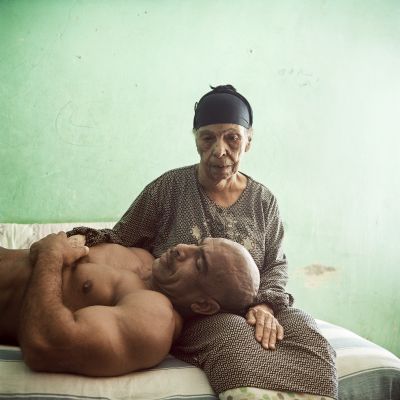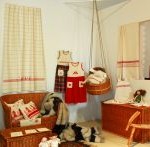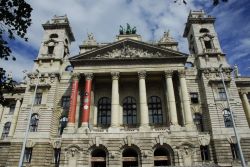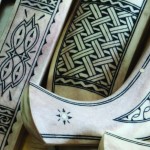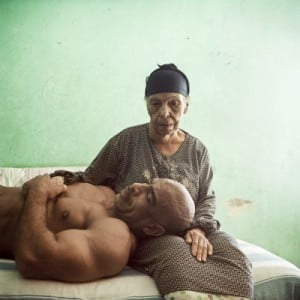 This year in 2014 the World Press Photo exhibition will open its gates again. The exhibition will take place in the heart of Budapest in Hungary.
This year in 2014 the World Press Photo exhibition will open its gates again. The exhibition will take place in the heart of Budapest in Hungary.
Every year the exhibition shows the current issues and events around us in the world. This is one of the most popular events in Hungary and in Budapest. The World Press Photo exhibition shows a wide range of pictures from last year and at the exhibition visitors will have the chance to get more information on the events such as the biggest sport events and political happenings, every day life and the most outstanding figures of last year. The exhibition displays more than 143 pictures.
The World Press Photo is an independent non-profit organisation which was formed in 1955 and based in Amsterdam in the Netherlands. The World Press Photo is focused on presenting the world how it is and to let the visitors discover and explore more of the world we live in. During the exhibition visitors will have the chance to see the best pictures of the world from last year and to understand the outer world around us. The World Press Photo 2014 will take place in Budapest at the Nèprajzi Múzeum from 26th September until 26th October 2014. The tickets for the exhibition for adults is 2100Ft but there are family and reduced tickets as well.
If you want to know more on the museum, the exhibition and the prices check the official site.
